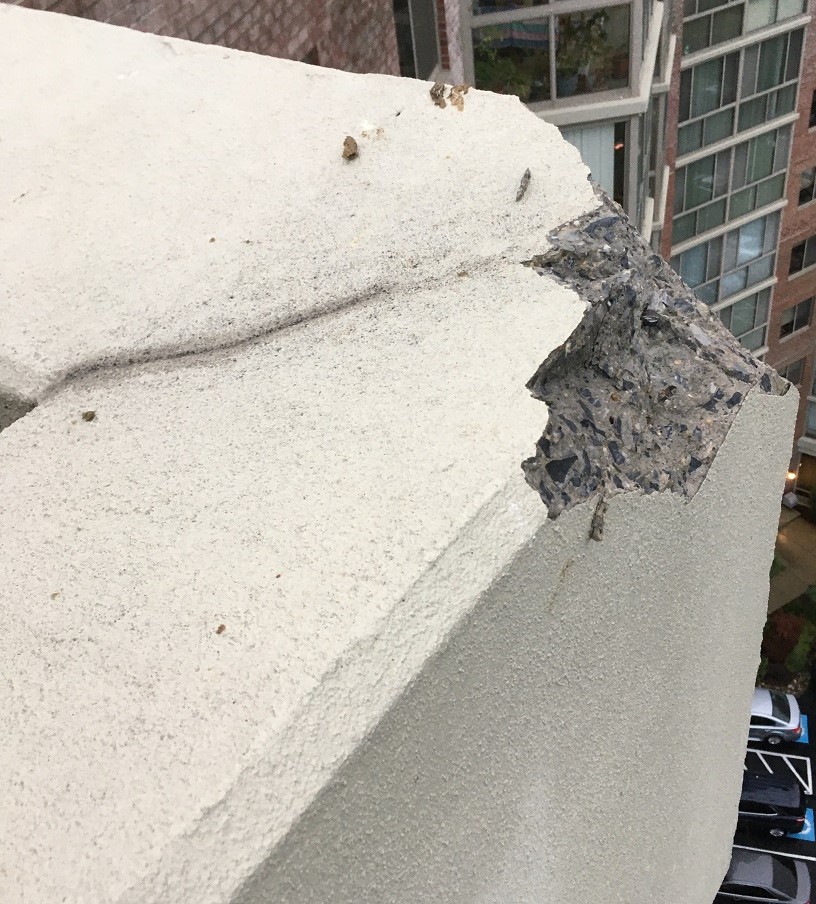The Importance of Flashing Your Wood Balcony

 Wood-framed balconies can look sharp on a building, not to mention the comfortable outdoor spaces they can provide. One of the most important ways to protect your wood balconies and decks is to prevent water from deteriorating the framing. Deterioration typically occurs when water cannot properly drain and becomes trapped against wood surfaces. Consequently, this type of deterioration oftentimes occurs where we cannot see it!
Wood-framed balconies can look sharp on a building, not to mention the comfortable outdoor spaces they can provide. One of the most important ways to protect your wood balconies and decks is to prevent water from deteriorating the framing. Deterioration typically occurs when water cannot properly drain and becomes trapped against wood surfaces. Consequently, this type of deterioration oftentimes occurs where we cannot see it!
A common location for deterioration on wood balconies is along framing members that connect to the
building (i.e. ledger boards, joists, etc.). Water often migrates behind these framing members and does
not have a way out. Additionally, frequent moisture in this location can deteriorate interior building
framing elements, such as wall studs or floor joists. This photo shows a building exterior following
demolition of wood-framed balconies. The deteriorated exposed framing on the left-hand side shows
why it is so important to protect wood framing from trapped water. What is the important difference
between the left and right sides?
A metal flashing was installed along the original balcony framing on the righthand side, but not the left. Flashing is an impervious material, such as metal or plastic, that prevents water from intruding to an interior space by providing an alternate drainage path (see the sketch below from FEMA Home Builder’s Guide to Coastal Construction Technical Fact Sheet No. 24 for a typical ledger flashing detail). After more than 30 years of exposure to the elements, we can see how flashing played an important role in protecting the wood framing of the building shown.



